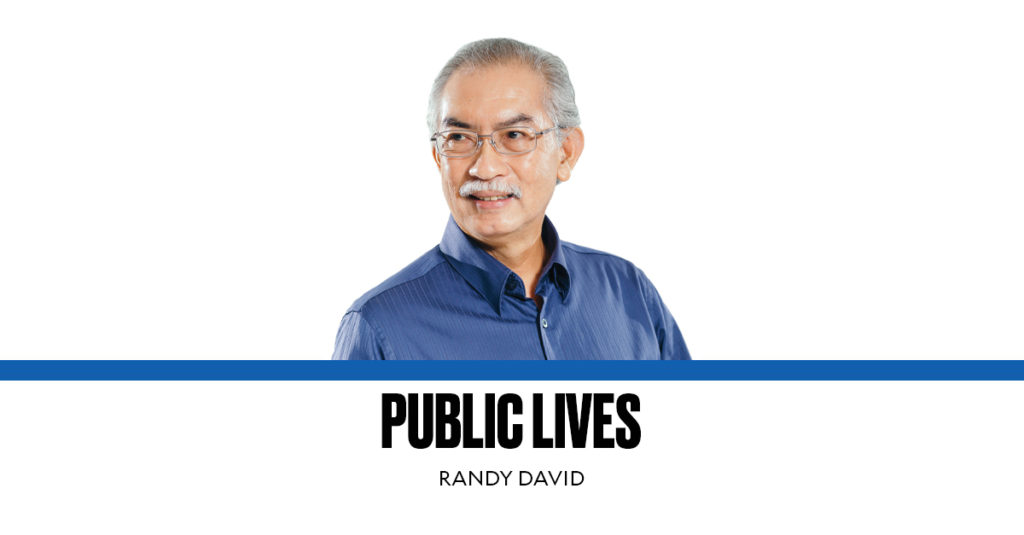In trying to understand momentous political events like the current crisis in Ukraine, it is always good to bear in mind that the situation on the ground and the perspective of ordinary people tend to be far more complex than the way such events are rendered in the news and in official narratives.
What we often read or see or hear are the posturing and the rhetoric of the key personalities, which are meant for public and global consumption. Usually omitted are the nuances and diversity that typically characterize the subjective experience of ordinary citizens.
This is true not only of Ukraine but, indeed, of countries like ours that have gone through political upheavals such as the 1986 Edsa People Power Revolution, Edsa Dos of January 2001, and Edsa Tres of May 2001. The meanings and motives behind these political convulsions continue to be disputed, long after former leaders have fled or landed in jail and new constitutions and governments have been successfully installed.
Ukraine has had its own Edsa moments. The first was dubbed the “Orange Revolution” of 2004-2005, a series of protest actions (civil disobedience, sit-ins, and general strikes) aimed at reversing the results of what was perceived as a fraudulent and rigged election. The questioned results were invalidated, and a new runoff election was ordered, which ended with a new leader being installed. We might liken it to our Edsa 1.
The second was named the “Maidan Revolution,” after the public square in the capital city of Kyiv where protest groups assembled in November 2013-February 2014, to demand an end to abuse of power and corruption, and the ouster of the duly elected Russian-leaning government of Viktor Yanukovych. This would be more or less the equivalent of our Edsa Dos, which ousted Joseph Estrada from the presidency in January 2001, barely three years after his election to office, and installed Gloria Macapagal Arroyo.
Ukraine’s political transitions, however, have been a lot more complicated than ours — largely because of its long historic relationship with its gigantic neighbor Russia with whom it shares a border. Particularly problematic in this relationship are the disputed regions of Donetsk and Luhansk in the eastern side, and the Crimean Peninsula in the south. These border regions or provinces are largely populated by Russian-speaking people. The former have established themselves as autonomous republics in response to separatist aspirations, while Crimea was annexed by Russia in 2014.
Keeping these developments in mind may make it easy for us to understand why “Maidan” also became a pejorative term to refer to domination by western Ukrainians over their eastern compatriots, and worse to the political, economic, military, and cultural absorption of the entire country into Western Europe.
Russia’s military assault on multiple targets inside Ukraine, which began last Thursday, precisely aims, at the minimum, to stop Ukraine’s all-encompassing integration into Western Europe. Putin calls it a “special military operation” with limited “peace-keeping” objectives, but it is hard to imagine it to be anything other than the naked invasion of a basically defenseless country, with open-ended goals.
The United States, whose actions in the recent past have left no doubt about its intent to remove Ukraine from the Russian sphere of influence, has long warned against Putin’s malevolent plan to reestablish Russian dominance in the countries that once constituted the Soviet Union. But, for a host of reasons, its response to Russian aggression has been muted.
While threatening to impose the most crippling economic sanctions against Russia, America has made it clear from the start that it would not intervene militarily. So anxious is it about being drawn into another foreign war that it quickly withdrew its military advisers in Ukraine lest the death of an American official would compel it to deploy US forces inside the country.
Putin appears to have carefully calculated the risks that his decision to invade may bring. It is not likely that he intends to go beyond replacing the current Ukrainian government with one that is friendly to Russia. Against the backdrop of the disastrous Soviet occupation of Afghanistan from 1979 to 1989, occupying or annexing Ukraine at this time would be a most foolish adventure. Putin would be confronted by a protracted Ukrainian war of resistance that would not only be bloody and costly but could also trigger a political upheaval within Russia itself.
In this volatile atmosphere, anything can happen. What the world dreads most is the escalation of the war to a level that makes nuclear confrontation a close possibility. Nothing better ensures that this does not happen than for the United States and Russia to agree to leave the Ukrainian people to solve their own problems with the assistance of the United Nations and its affiliate agencies.
It was difficult enough for the Ukrainians to locate their bearings when they found themselves — after so many years — suddenly released from the iron grip of the Soviet Union. In the last 31 years, they have also had to contend with the challenges posed by a multiethnic and multilingual population, not to mention a young generation of digitally connected Ukrainians who seek an active role in the redesign of their society.
The Ukrainians have had, in short, to reimagine themselves as a nation while struggling to defend their country, whereas we Filipinos have “only” needed to strengthen our institutions and find good leaders.
